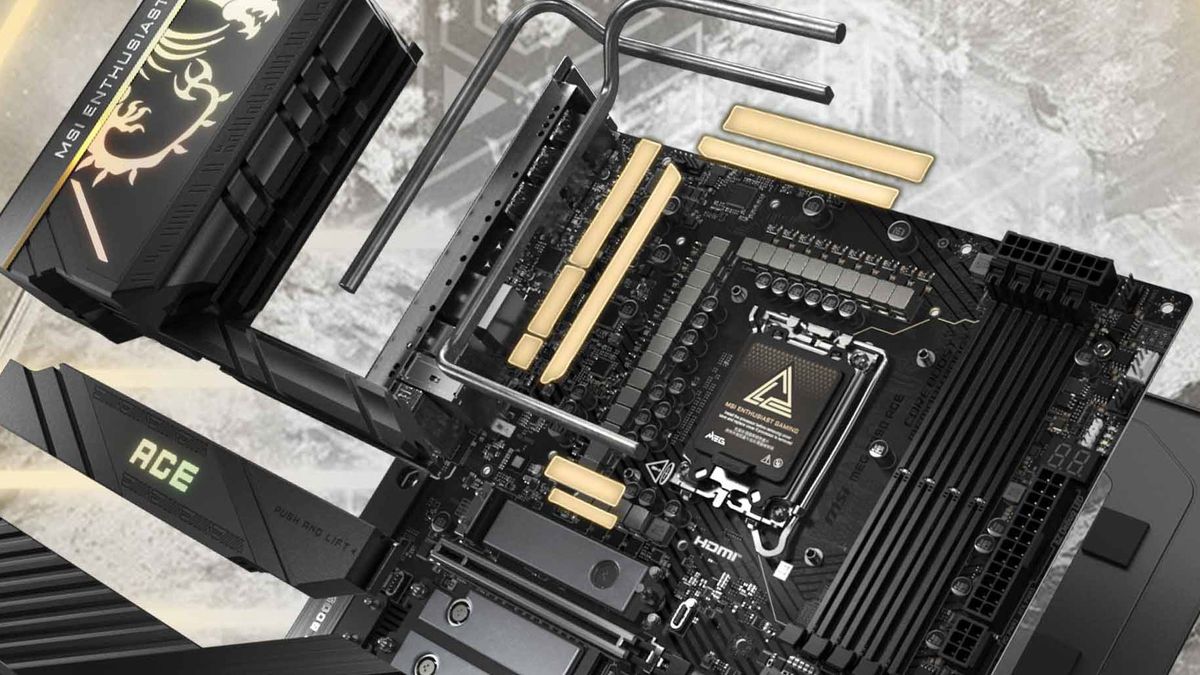Last week, the (relatively) sky-high system requirements of Indiana Jones and the Great Circle proved to be one of the most talked-about stories in PC hardware that week. This week, though, the game is out, and Nvidia is already promoting it. The extent of its "Full Ray Tracing" graphics feature additions adds some Path Tracing features to a game already built on top of standard Ray Tracing as a requirement.
Aside from providing some analysis of the optional Path Tracing RT features, the Nvidia posting also clarifies that Indiana Jones and the Great Circle has launched with full support for DLSS 3, including its Frame Generation and Super Resolution features.
While the required and recommended specifications of this game are indeed high, it's important to note that they do seem to scale with the actual technical ambition of the game. While it's true that Great Circle uses the same id Tech 7 game engine as Doom Eternal, which was eventually retrofitted with RT reflections, Great Circle is built more like Metro Exodus Enhanced Edition since it is fundamentally built around ray-traced lighting and shading from the get-go, even without the Path Tracing/Full Ray Tracing settings enabled.
Indiana Jones and the Great Circle™ | Official Launch Trailer - YouTube

Where Doom Eternal was aiming for a performant, immersive rip-and-tear gaming experience, Indiana Jones and the Great Circle is instead aiming for a more cinematic, realistic form of immersion, complete with countless Indy lore easter eggs and large-scale interactive levels resembling Hitman far more than Call of Duty or Machine Games' prior Wolfenstein games.

Full RTGI (global illumination) example
Of the settings that can be selectively Path-traced, the most high-impact one is certainly Global Illumination, in the form of RTGI. Global illumination ensures that light bounces and reflects properly within a scene, dramatically improving the realism of the lighting.
Combined with the Path Traced sun shadows setting, you get uber-realistic lighting and shading that distorts, absorbs, and refracts color realistically according to the surroundings. The color that becomes visible within the desert tree leaves is particularly striking with these settings enabled compared to going without.

Path Traced subsurface scattering example
Path Traced settings that will be much harder to notice in standard play are Path Traced Foliage subsurface scattering and full-resolution RT reflections. On the note of reflections first, the game requiring RT as a baseline should mean that RT reflections are present either way.
Still, Nvidia's emphasis on "full resolution" makes us think that this setting could be amping up RT reflections rather than falling back on screen space techniques without them, but further testing is required to validate that. Fortunately, games have been made for decades with the expectation that you aren't doing path-traced reflections, so this setting will be easy to ignore in most scenarios.
Path Traced foliage subsurface scattering is another easy-to-ignore setting, though truthful, and it does look incredibly cool. For those unfamiliar with subsurface scattering as a graphics technique, it refers to how light interacts (is scattered) beneath a given surface. Usually, subsurface scattering is used to make remarkably realistic human skin and facial animations. However, applying the technique to foliage allows its natural translucency and refractive properties to be reflected in the game. It's an incredibly cool, granular detail— but probably not worth enabling if you're struggling to hit 60 FPS.

 2 weeks ago
9
2 weeks ago
9









 English (US) ·
English (US) ·